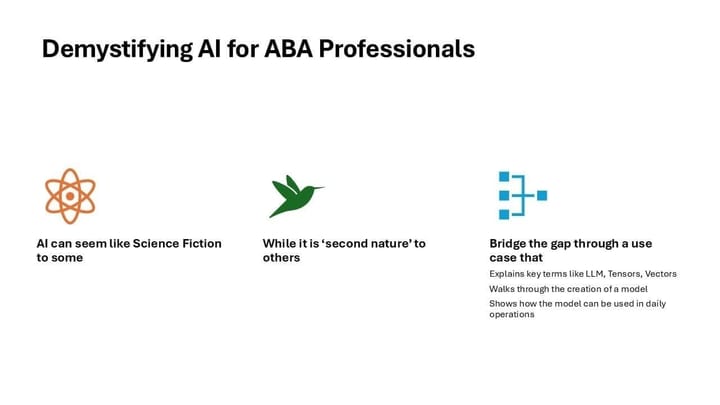Detente between Payors and Providers?

1. A Shift from Defensive Tech to Coordinated Infrastructure?
Over the last several years, the relationship between payors and providers has at times resembled an AI-fueled arms race:
- On one side, insurers deploy increasingly sophisticated algorithms to flag and deny claims based on pattern recognition and documentation gaps.
- On the other, provider platforms and RCM vendors invest in preemptive tools to anticipate denials and submit hyper-compliant claims.
What emerges is a system optimized not for clinical quality, but for denial avoidance.
A new AHIP initiative to smooth pre-approvals, if fully implemented, could mark a temporary détente—shifting from defensive automation to collaborative tech. If real-time approvals become the norm and fewer services require prior auth, that frees up data, time, and clinical focus for both parties.
2. Why ABA Should Watch Closely
In ABA therapy, prior authorization has long been a choke point—especially in Medicaid-heavy markets. Each state, and often each managed care plan within a state, interprets PA requirements differently. That variation has limited scalability and added overhead that outstrips the actual clinical complexity of many services.
If insurers are serious about improving real-time decisioning and reducing the volume of services subject to PA, this could:
- Reduce BT idle time during auth delays
- Improve onboarding speed for new clients
- Unlock better data-sharing on treatment efficacy, if outcomes become part of a more streamlined PA model
But as always, the devil is in the workflow. Will new electronic standards align with existing EMR and RCM systems? Will providers still need to staff entire teams just to interface with fragmented auth portals?
3. Room for Outcomes-Based Collaboration
There’s a narrow window here to repurpose some of the operational oxygen that’s been consumed by PA back-and-forth. If the burden lifts even partially, payors and providers could redirect that energy toward outcome measurement frameworks that better serve both parties.
This includes:
- Codifying ABA clinical outcome metrics that meet payor standards
- Embedding decision support into care planning tools
- Using data partnerships to validate the clinical and financial ROI of recommended care
If providers want to avoid simply being subjected to the next wave of AI-denial tools, now is the time to help shape the post-PA infrastructure.
Bottom Line:
The industry’s promise to ease prior authorization is, in part, a reputational response to a crisis moment. But it also opens the door to better collaboration, more scalable operations, and a reprioritization of value over documentation-for-its-own-sake. Whether that opportunity is seized—or sidelined—depends on how payors and providers approach the next 18 months.



